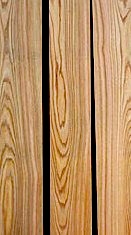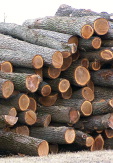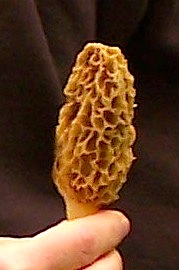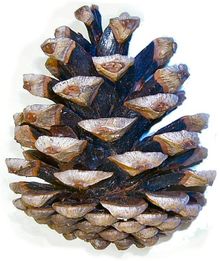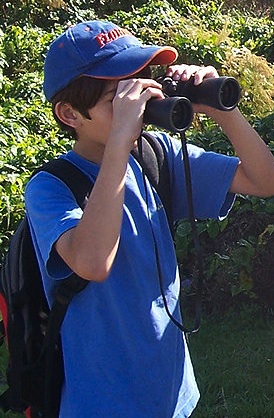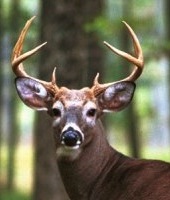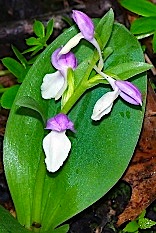|
When "Forestry" is mentioned, many think of men chopping down trees. But that is merely a cliche. Modern forestry takes into account the vast array of benefits derived from the forest, and attempts to manage the forest resources to maximize some mix of the following benefits dependent upon the landowner's objectives. We have learned that diversity in the forest ecosystem is a crucial component for its health. For information on individuals who market the following forest products (although not the wildlife), please visit our Product Directory. |
||||||
|


